Marine Reserve
When Professor Juan Carlos Castilla closed off the 1 km section of coastline and nearshore waters in front of ECIM in 1982, he began one of the first attempts in the world to scientifically study the effects of excluding humans from a coastal marine ecosystem.
The results were startling. After just 2 years, scientists noticed an unexpectedly large increase in the biomass of “locos,” Concholepas concholepas, inside the reserve.
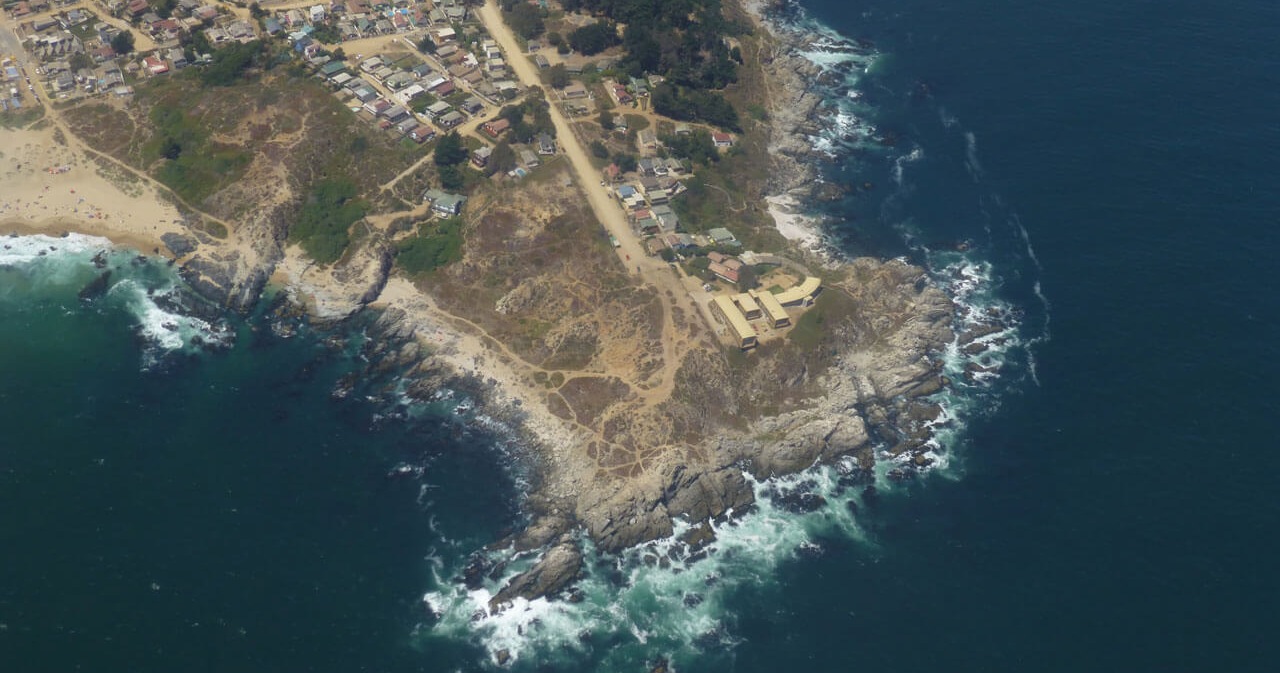
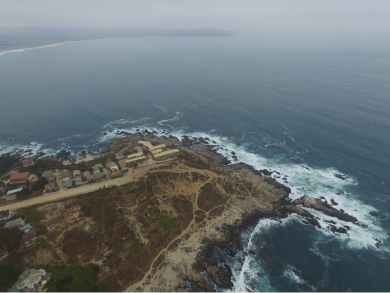


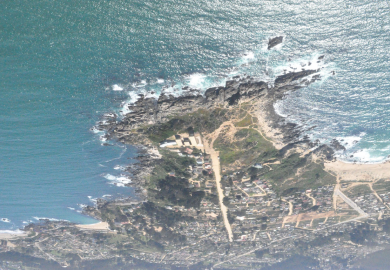
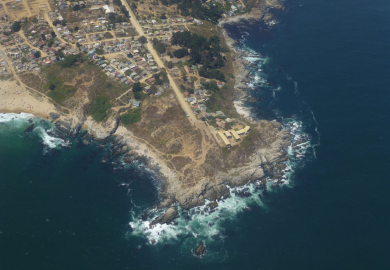
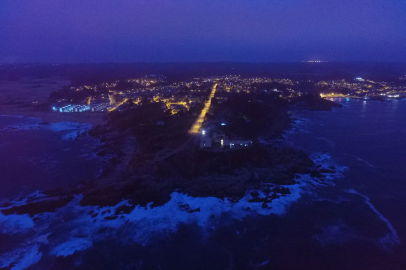
Loco, also known as the “Chilean abalone,” is a large carnivorous gastropod extensively harvested for food in Chile. Because of the high price paid for locos after the Chilean markets opened to the world in the late 1970s, the population of locos along much of the coast had dwindled, both in the intertidal zone and in the shallow subtidal where the bulk of the exploited population is found. Within the reserve, the intertidal loco population had increased nearly 10 times the abundances recorded in adjacent areas outside the reserve. Furthermore, through this study, the loco was revealed to be a ‘keystone predator species’ in Chilean nearshore communities. With the increased abundance of loco, populations of the space-dominating mussel Perumytilus purpuratus, the main intertidal prey of locos, drastically decreased throughout the reserve. These small mussels are not consumed by humans. Where formerly this mussel had completely covered nearly all intertidal rocky platforms, it was now restricted to small patches in the high shore, leaving large expanses of bare rock that would later be colonized by small barnacles. Interestingly, because the matrices of this mussel provide habitat for other organisms, 60 to 70 other species that lived in the mussel matrices also greatly decreased in number.
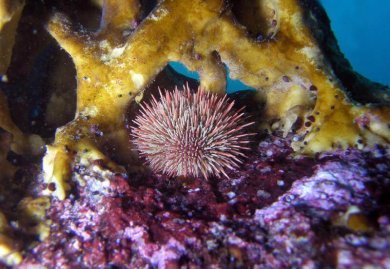
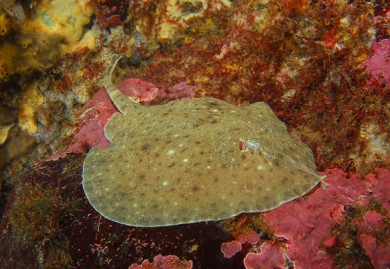


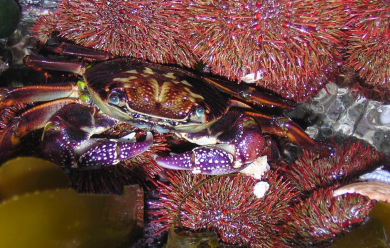
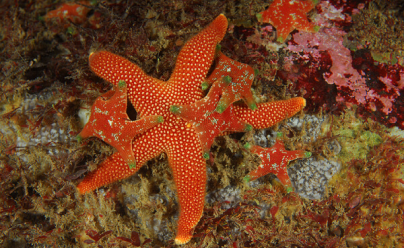
Thus the intertidal zone within the reserve, free from human intervention, rapidly took on a radically different appearance; species composition, food web structure and overall size of many species were quite different from that observed outside the reserve. The common intertidal seascape of densely mussel-covered platforms and very few locos, which had thus far been considered the “normal and natural” state of the Chilean rocky intertidal, was revealed to be an ecosystem highly altered by human activities. The abundance of some of the most common canopy-forming macroalgae was also altered inside the reserve as the large ‘keystone grazers’, the highly valued limpets Fissurella crassa and F. limbata, increased in size and biomass inside the reserve and reduced overall algal cover.
This seminal human exclusion experiment lead to a number of significant outcomes. On a global scale, the experiment was one of the first to demonstrate scientifically that human intervention can dramatically impact coastal and marine ecosystems and significantly affect populations of exploited species. These results countered widely held views of the time – that the ocean’s resources were inexhaustible, and that the large reproductive output and dispersal of marine organisms provided an ample buffer against overexploitation – showing these beliefs to be largely false. Thus it provided some of the first scientific bases for promoting the establishment of marine protected areas worldwide.
The experiment also demonstrated that in certain cases and conditions, strongly human-impacted marine ecosystems and populations can recover quickly once protected from overexploitation, which suggested the possibility of developing sustainable management strategies for harvested marine resources. In fact, results from this experiment inspired a follow-up study in which Professor Castilla convinced groups of Chilean artisanal shellfish harvesters organized in ‘caletas’ and ‘sindicatos’ to work with scientists to co-manage shellfish extraction in comparably large areas of rocky bottoms. The co-management experiment, initiated in 1988 through a regular Fondecyt research grant, resulted in both increased abundance of exploited species and improved economic output for the shellfish harvesters. This study and similar results gathered by scientists in southern Chile became the basis for the creation, through the Chilean Fisheries Legislation of 1991, of the ‘Areas de Manejo y Explotación de Recursos Bentónicos’ (AMERB’s), the largest system of Territorial User Rights for Fishers (TURF’s) in the entire world. These co-management areas, in which local artisanal fishermen work with marine biologists and fisheries experts to develop sustainable management plans within exclusive-access areas, now exist throughout Chile and supply most of the Chilean shellfish for local and export markets.
The coastal border and the adjacent sea bottom around ECIM have remained as no-take marine reserve since late 1982, protected by a ‘Concesión de Playa y Fondo Marino’ from the Chilean Government (Subsecretaría de Marina) to the University. Long-term monitoring of biological diversity and physical conditions within the reserve are now one of the primary activities conducted within the protected area. In 2005, recognizing the enormous importance of the scientific information generated in this small stretch of coastline, as well as the importance of having a no-take marine reserve in the midst of the heavily intervened central coast of Chile, the Chilean Government created the Las Cruces Area Marina Costera Protegida de Chile (AMCP), one the first marine protected areas in the country.
Demonstration of human impact on coastal ecosystems: the importance of creating marine reserve



